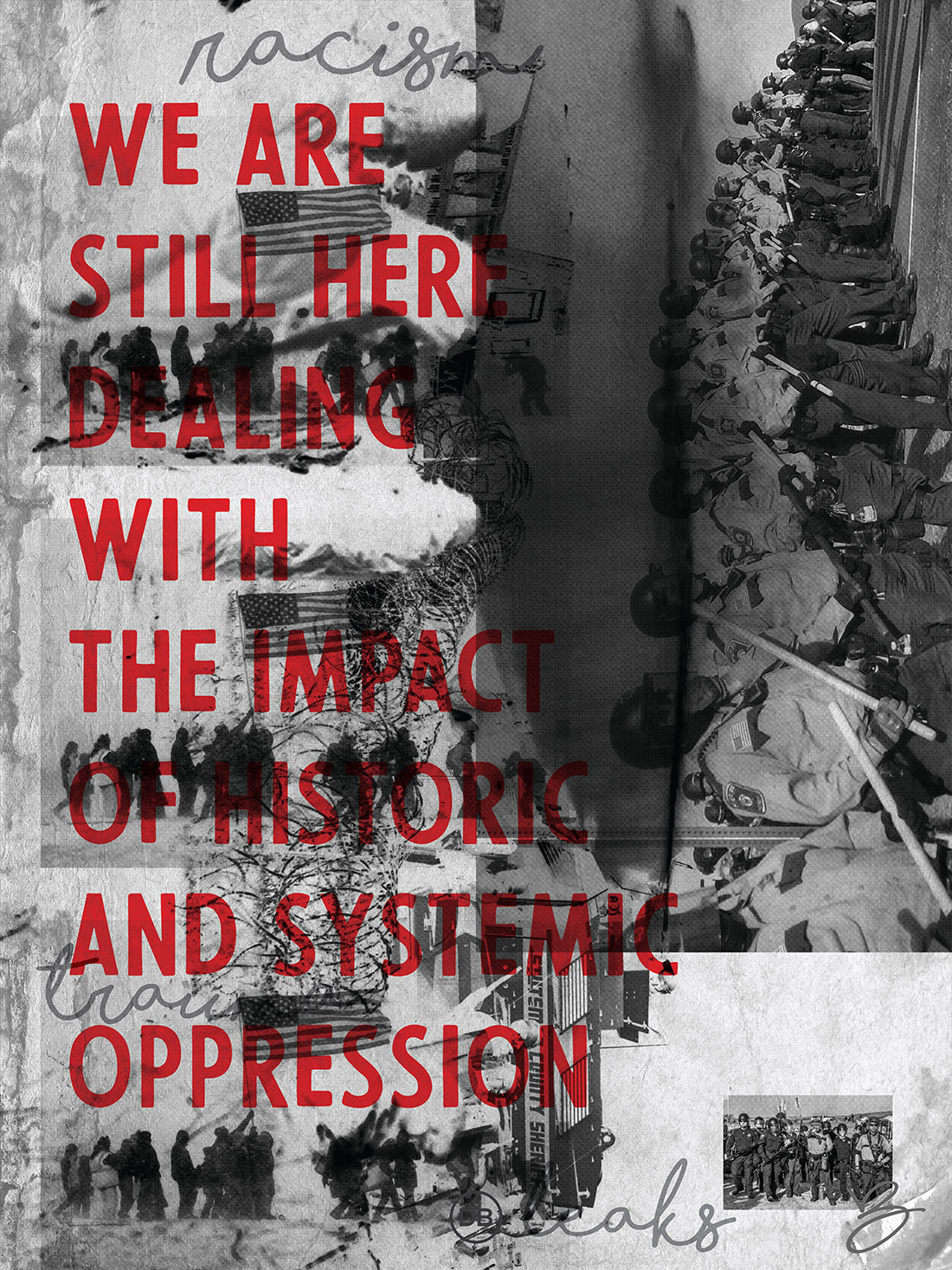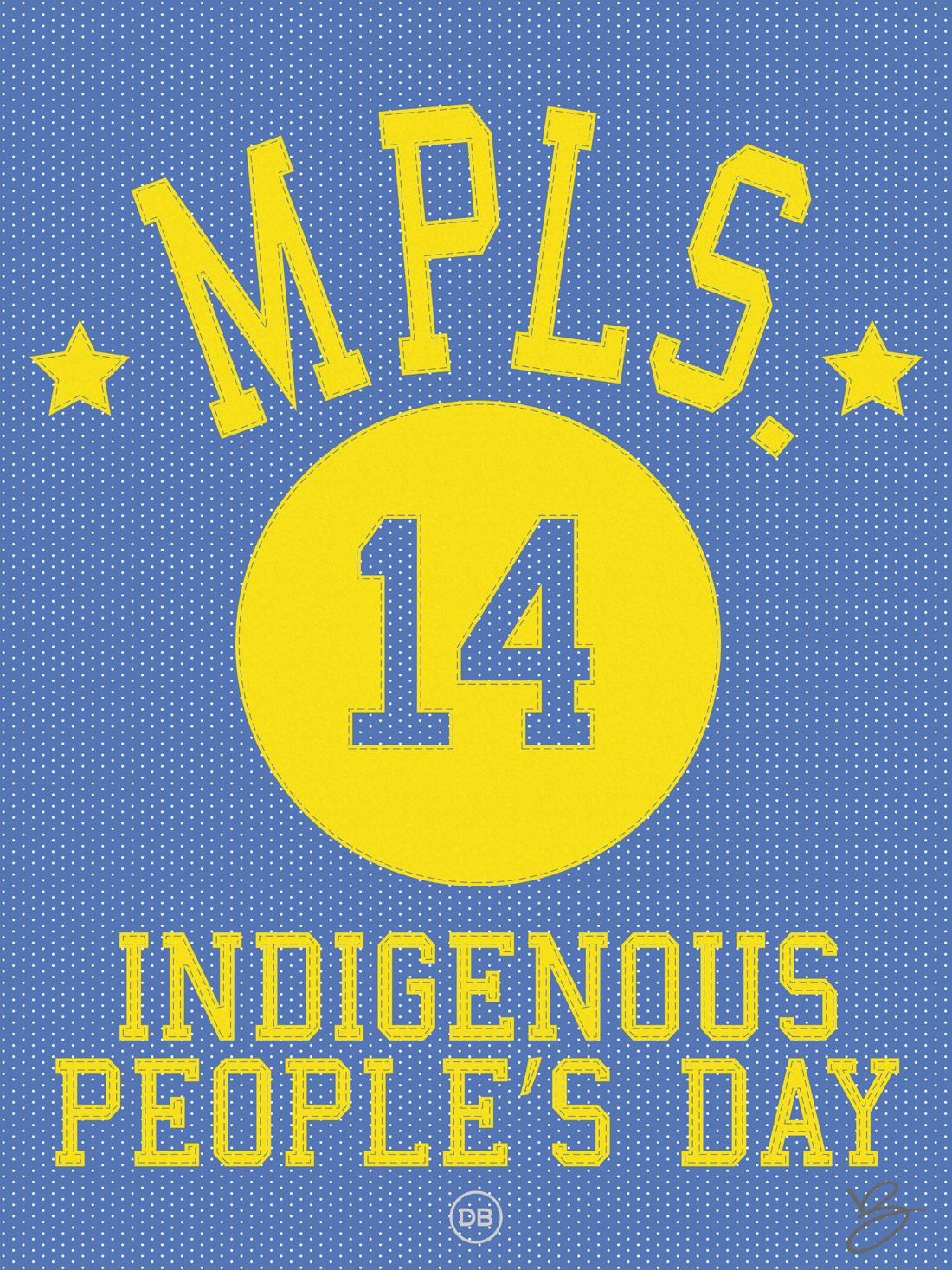Articles
““I think the biggest misconception is that it was a protest and that the Water Protectors were protesters,” Josue Rivas, an indigenous photographer and journalist, told BuzzFeed News of the demonstrations and encampments at Standing Rock in 2016.
The #NoDAPL movement at Standing Rock was forced to disband on Feb. 26, 2017, having failed to stop construction of a controversial oil pipeline that threatened the waters of the Missouri, Mississippi, and Big Sioux rivers and crossed through land sacred to the Lakota people. Despite this failure, the movement around it ignited changes that are still in effect and awareness that is creating conversations throughout the country.
Thousands of people gathered near Cannon Ball, North Dakota, over the course of nine months. The images of local government forces — who were protected by dogs, tanks, and shields while beating Native Americans — quickly became iconic as an intense debate over environmental water rights raged. What started as a local issue in a remote place became a broader fight between ideologies, attracting support from all over the globe.”
– Buzzfeed, What Happened After Standing Rock?.
“On Thursday, November 16, 210,000 gallons of oil leaked from the Keystone Pipeline in South Dakota. We should have seen it coming. If we had listened to the environmental activists and indigenous people who have put their bodies and well-being on the line for years — and, most notably, at Standing Rock reservation last year — to adamantly warn us about the environmental dangers of pipelines and their tendency to leak, we would have.
Activists have protested pipeline constructions for years, but gained little media attention for doing so until 2016, when thousands gathered to speak out against the construction of the Dakota Access Pipeline (DAPL), which they claimed would pose not only an environmental and economic threat to the nearby Standing Rock Sioux tribe, but would also cut through their sacred land, putting it at risk. The DAPL would run more than 1,800 miles beneath land spanning from North Dakota to Southern Illinois — and notably beneath Lake Oahe, which is sacred to tribes near Standing Rock, like local Lakota and Dakota people. It was estimated to eventually transport more than 520,000 barrels of oil per day.
The media representation of this movement, however, often failed to fully describe the complex, harrowing, and incredible experience of the predominantly young activists on the frontline. Here’s what actually happened over the past year at Standing Rock, according to Andreanne Catt and Lauren TwoBraids Howland — two youth leaders who witnessed it all firsthand and gave their account to MTV News. They are leading the movement forward.”
– MTV News, WHAT REALLY HAPPENED AT STANDING ROCK.
Download
Download the 18″x24″ poster (.pdf), Indian Country 52 #16 – Return to Standing Rock.
Close Ups



Indian Country 52
Indian Country 52 is a weekly project by David Bernie that uses the medium of posters that promote issues and stories in Indian Country.
Creative Commons License

This work by David Bernie is licensed under a Creative Commons Attribution-NonCommercial-NoDerivatives 4.0 International License. You may download, share, and post the images under the condition that the works are attributed to the artist.








